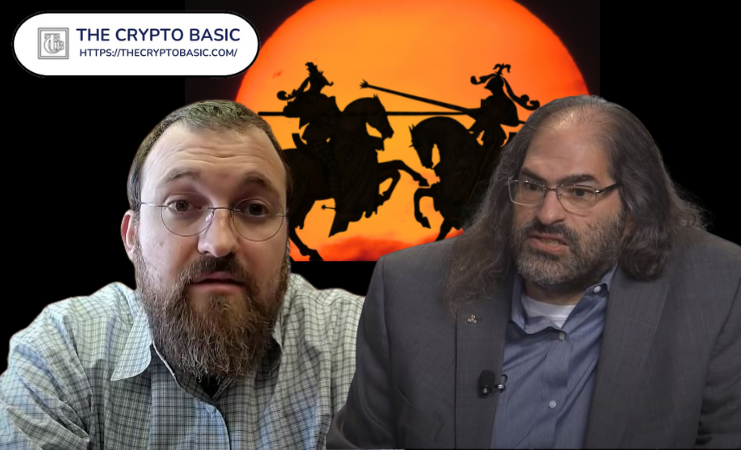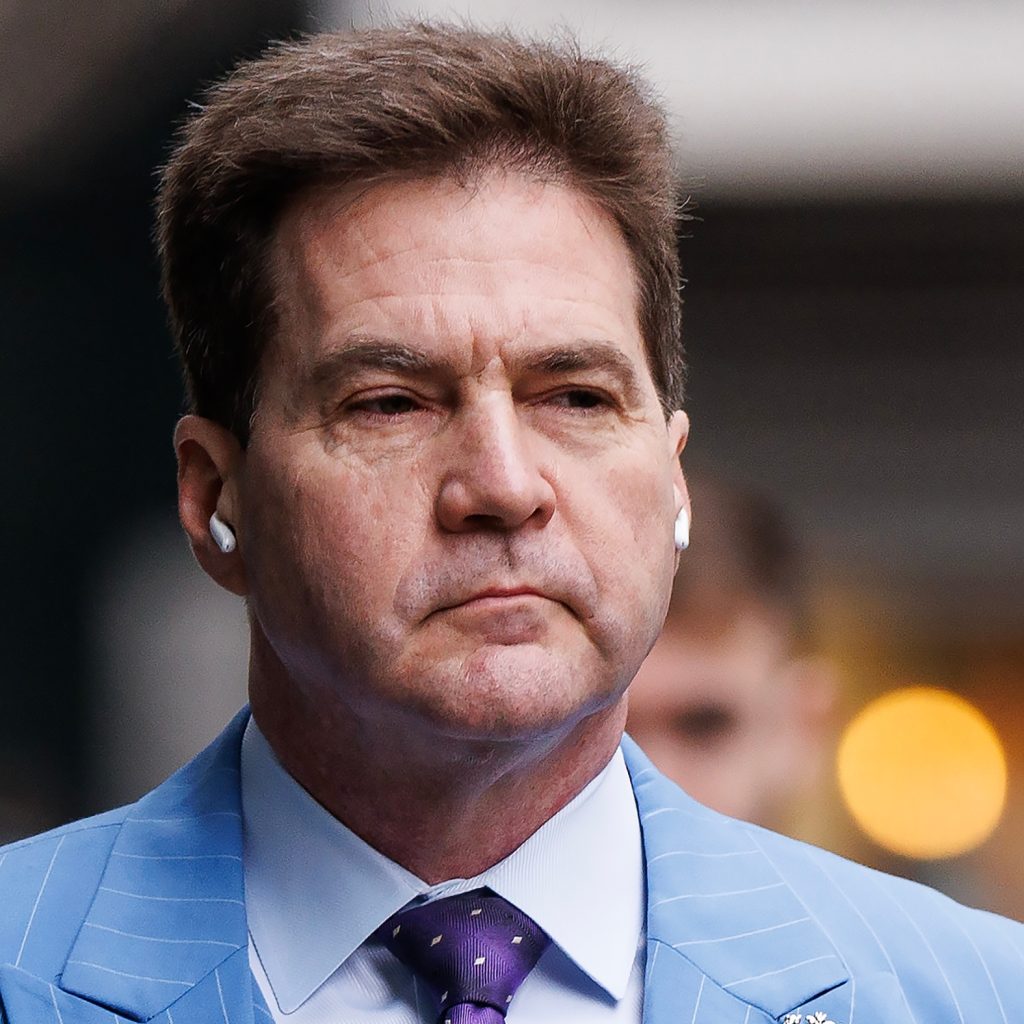Ripple’s CTO, David Schwartz, and Cardano’s founder, Charles Hoskinson, have replenished in the putrid “ETH Gate” debate. The SEC has been alleged to support Ethereum on the basis of its basis privilege. It went viral after X Spaces staged an event with Hoskinson as one of its panelists. He offered two accounts in the club ETH Gate, which prompted a new discussion.
The first story suggests that Ethereum staff had insider ties inside the SEC, and based on this, Ethereum received more preferential treatment from the SEC than the remainder of the cryptocurrency space. The second, more conspiracy analysis views that Ethereum took advantage of its influence to align the SEC actions against Ripple’s associated token, XRP. Hoskinson referred to the others as the nonsense of detached reality.
To that end, Schwartz rebutted the second narrative’s inadequate backing of Hoskinson’s dismissal. Hinman had worked at the SEC, and as such, the connection between him and Ethereum needed to be investigated.
ETH Gate controversy deepens among crypto leaders
Of the many things that David Schwartz has addressed, there is much talk about William Hinman’s link with Ethereum and the fact his past employment was at Simpson Thacher & Bartlett LLP. Moving into the SEC, Hinman armed himself with the partnering role at the firm, which is a member of the Enterprise Ethereum Alliance. These are the components of the alliance that make Ethereum seem like the best solution for enterprise applications. Throughout his SEC tenure, Hinman had meetings with his previous firm several times, one of which was the 2018 speech in which he expressed a substantial view on ETH being an investment contract.
Schwartz tested Hinman’s actions and the material surety of the SEC law case against Ripple by means of his questions. He wanted to know whether Hinman had a biz financial interest in Ethereum and if he was premeditately exempt from Phi decisions that would affect the cryptocurrency. Schwartz supposed that the elements could give Ripple attention through the amplified law and policy.
Concurrently, Hoskinson argued that Schwartz made the situation worse by conflating loosely related statements. In doing so, he misled the public into believing that there was more to the story than what was clearly said. He underscored that if he did agree with the ideas of those who think that such regulations weren’t consistent and correct, he would not take a position as extreme as the XRP community held it.
ETH Gate exposes regulatory tensions in crypto
Regulatory issues are front and center in the current debate between Schwartz and Hoskinson, which epitomizes the broader industry’s concerns about transparency and fairness in the US cryptocurrency market. The SEC’s actions, including the complaint against Ripple in December 2020, have raised questions of regulation consistency and whether it helps or hinders innovation and competition.
Well, this is not the first time that Schwartz and Hoskinson’s public views have been different. Some of the previous clashes occurred over the interpretation of Hinman’s statements, which ultimately set the context for the present dispute over Ethereum and Ripple. Two bidders who continue to conduct business as usual at the borderline of right and wrong also manifest the difficulty and sensitivity of the regulatory questions in the crypto sector.





